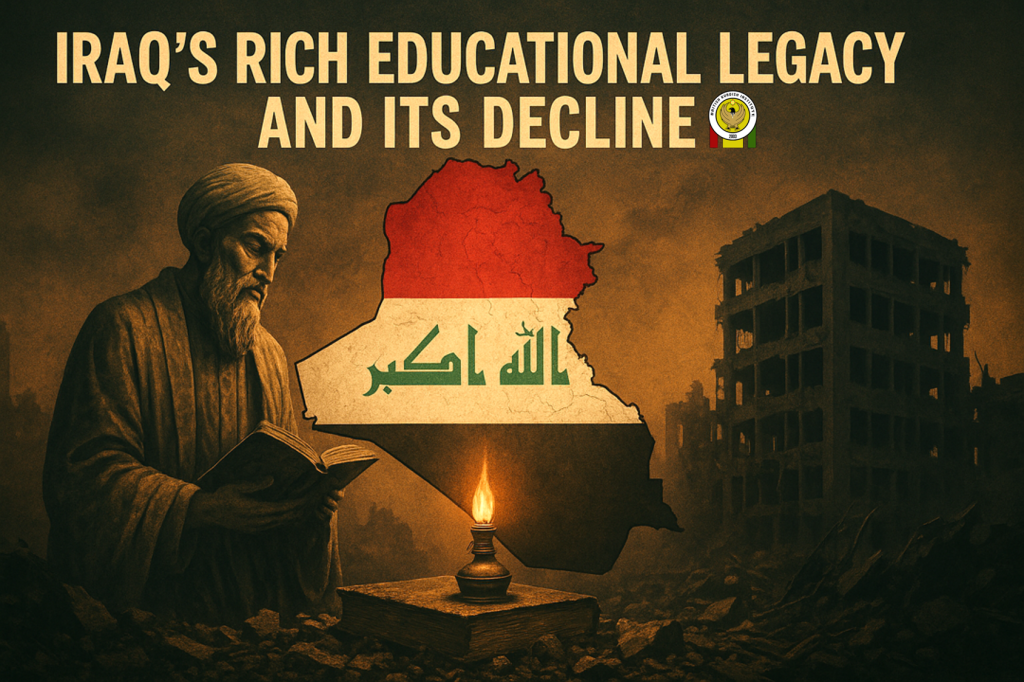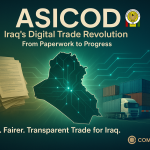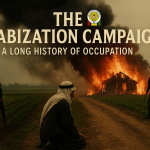Iraq’s Rich Educational Legacy and Its Decline
Iraq, once known as the cradle of learning since ancient Mesopotamia, had one of the most advanced education systems in the Middle East by the mid-20th century. However, decades of wars, sanctions, and political turmoil devastated this legacy. The Iran-Iraq war (1980–1988), the 1991 Gulf War, and years of sanctions crippled Iraq’s educational infrastructure, causing severe declines in both quality and accessibility.
The 2003 US-led invasion initially offered hope for rebuilding schools and universities, but corruption, sectarian divisions, and continued instability hindered progress. The rise of ISIS further disrupted education in occupied areas, forcing many children out of classrooms. Despite these challenges, the Kurdistan region managed to chart a more independent course toward reform.
A Young Population at a Critical Crossroads
With 60% of Iraq’s population under 25, the nation faces both a great opportunity and a major risk. A youthful society can become the engine of economic growth, yet unemployment, poor infrastructure, and outdated curricula threaten to derail this potential.
A 2021 IREX report revealed that only 22% of Iraqi university graduates find jobs in their field within three months. Meanwhile, the World Bank estimates over 2 million Iraqi children are deprived of basic education. Low literacy rates, especially among women, highlight the urgent need for structural reforms.
Vision 2030: Kurdistan Leading the Way
The Kurdistan Regional Government (KRG) has taken bold steps with its Vision 2030 strategy. This plan emphasizes modernizing education to support economic diversification and align with global standards. At its heart is the Kurdistan Accrediting Association for Education (KAAE)—a national body designed to ensure quality assurance, standardization, and transparency across educational institutions.
The KAAE is envisioned as a 12–15 year project to build policies that link education with labor-market needs, promote accountability, and foster continuous improvement. If successful, Kurdistan could become a model for broader educational reform in Iraq.
Why International Partnerships Matter
For KAAE and similar initiatives to succeed, Iraq must collaborate with international partners. The United States and Iraq already have a framework agreement identifying education as a cornerstone of their bilateral relationship. However, much of US investment has historically gone into military operations—nearly $2 trillion—while education has been underfunded. Redirecting even a fraction of this amount could be transformational.
US-Iraq educational partnerships could focus on:
-
Building academic capacity and mentorship programs.
-
Embedding student-centered learning and modern teaching practices.
-
Developing continuous evaluation and accreditation systems.
-
Aligning education with 21st-century skills and labor demands.
Lessons from Global Success Stories
Countries like South Korea and Singapore prove that investment in education drives national development. South Korea’s focus on technology and vocational training turned it into a global leader in innovation. Singapore’s rigorous STEM-based education system created a skilled workforce that powers its thriving economy.
By adapting these lessons, Iraq can create a system that develops critical thinking, innovation, and market-ready skills—helping young Iraqis contribute to rebuilding their nation.
Education as a Path to Peace and Stability
Education in Iraq is not only about economics; it is also about peacebuilding. Quality education fosters tolerance, civic engagement, and resilience against extremism. A well-educated population is more likely to participate in democracy and strengthen social cohesion.
For Iraq, investing in education means investing in its future. By working with the international community, adopting global best practices, and empowering its youth, Iraq can transform education into the foundation of national revival.









